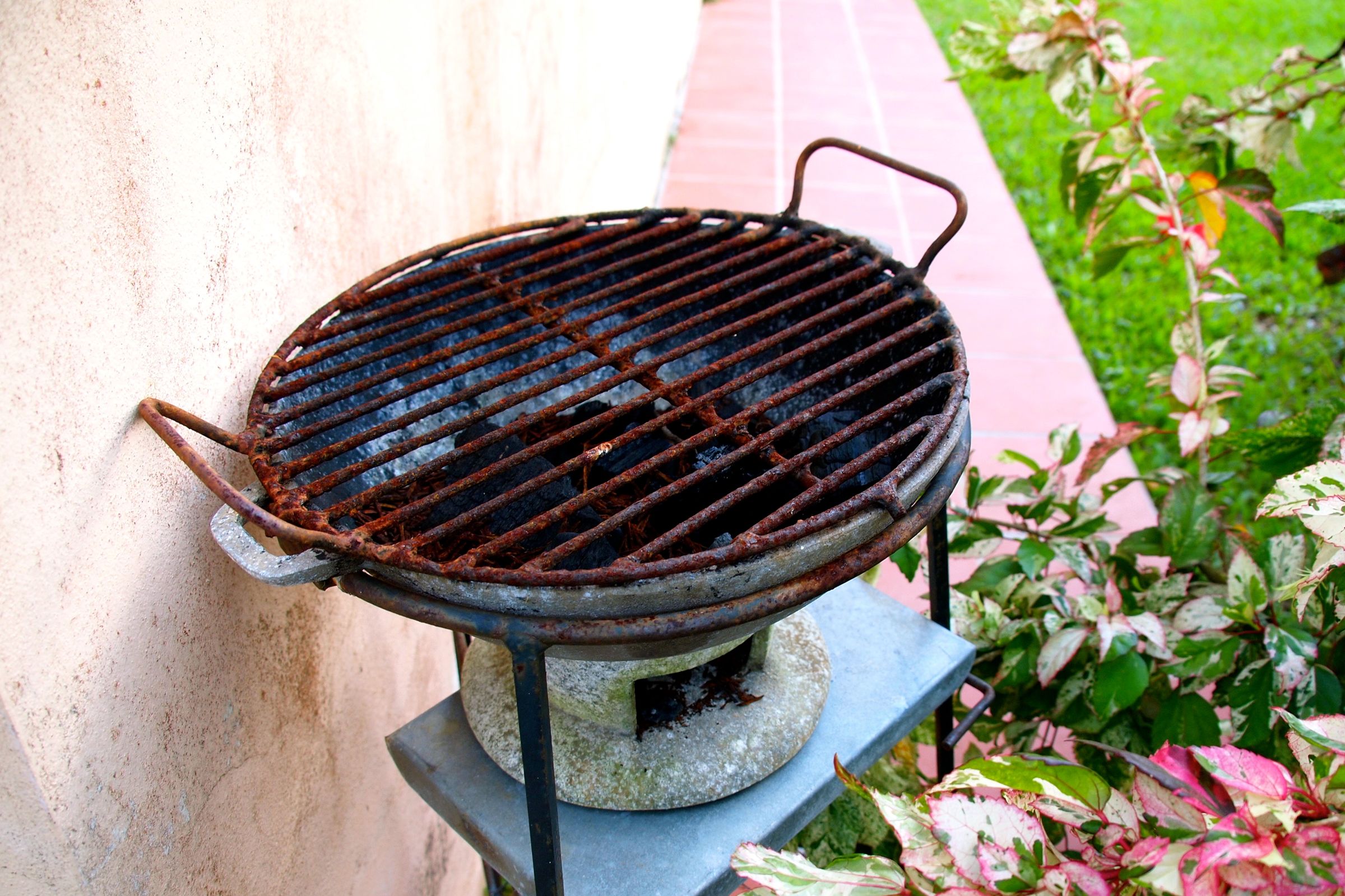Cherishing Our Coal Pot Cooking Traditions: Taste of the Caribbean
The Caribbean boasts as rich and diverse a culinary heritage as any region on earth, one that’s given birth to an array of distinctive cooking styles over the centuries as diverse as our islands themselves. There are, of course, a few common threads that unite the region’s dynamic gastronomy. Chief among them: the coal pot.
Whether you call ’em coal pots, coalpots, coal stoves, or dutch pots, as they’re sometimes called in Jamaica, these mighty mites have served as a primary means for making many of the region’s most cherished meals for generations.
As noted here, just about any cherished Caribbean meal can be cooked to perfection over a coal pot. Owing to their small size and portability, you’re also apt to see coal pots being put to good use most anywhere. On a Saturday during my recent trip to Grenada, it seemed like there was one on every corner, primarily roasting corn for hungry motorists and passersby.
Same thing during Carnival in Trinidad. Coal pots were everywhere around the Savannah, their trademark smoky aromas adding flavor to the already spicy scene.
My own personal memories of coal pot cooking skew more toward typical BBQ fare – hot dogs, burgers, chicken, etc. – which we’d enjoy on Sandy Point in St. Croix, courtesy of my friend Brian’s coal pot. Even with those overly common dishes, the unique cooking properties of the coal pot seemed to add an extra element of magic and flavor…
Coal pots are generally pretty small – usually about a foot in diameter. The modest size means they don’t hold a whole lot of coals. Thus, they don’t get super hot. In this way, they offer more of a slow-cook meal prep experience, enabling the deep, rich flavors and nutrients of your food to shine through. The earthy, smoked flavor from the coals also provide a nice added bonus.
Iron coal pots, like my Dad’s pictured above at his home in Tobago, are a more recent phenomenon. Traditional coal pots, like all the earliest cooking and food storage vessels in the region, are made of clay. The first clay coal pots are said to be based on colonial-era iron coal pots brought over from Europe, so in some ways things have come full-circle.
In other ways, or better said, places like the Choiseul Quarter of St. Lucia, nothing has changed.
Known as the Craft Capital of St. Lucia, Choiseul sits along the island’s lush, southwestern shore. Here, in the shadow of the Pitons, craftsmen and women continue to make clay coal pots in the same manner as those early colonial ones. This, of course, puts Choiseul high on my list of places to check out on my next trip to St. Lucia.



